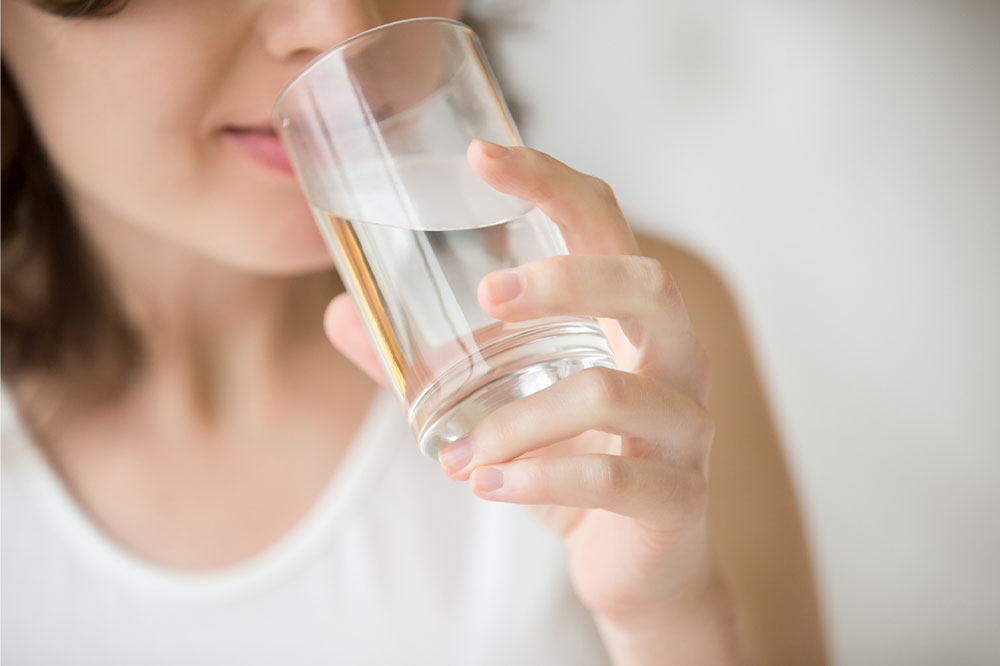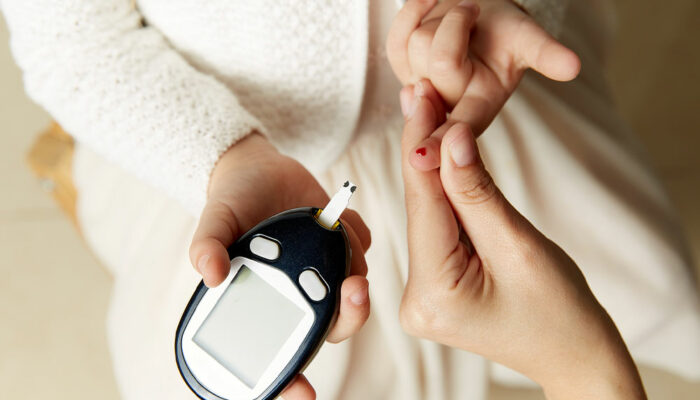Water Intake – Best Time to Drink and its Benefits

Drinking water is essential to keep body organs functioning at their optimum best. However, drinking too much or too little can affect the body in many ways. Dehydration can often affect cognitive functions, memory, and physical performance. Therefore, drinking water the right way at the right time is essential. Although most people know the importance of water, they don’t know the best time to drink it. So, let’s look at the best times to drink water daily.
When you wake up
Though most people reach for a cup of coffee, it is best to drink one or two cups of water as soon as you wake up. It helps you hydrate after 8 hours of no water and food, which typically causes slight dehydration. The water in the morning helps get your fluids back to baseline levels.
When you sweat
When you exercise or use a sauna, you naturally sweat and lose a lot of water. During such activities, it is ideal to drink not just water after your activity but also before and during your workout. Keep a one-liter bottle filled with flavored or regular water at all times. Sip between 6 and 12 ounces every 15 minutes when you are active. After a workout, you can freely drink up to 24 ounces of water to restore the lost fluids.
Before or during meals
Do you sometimes feel hungry when you are thirsty? It happens to most people. Thus, drinking water before a meal ensures that you do not overeat. Also, most nutritionists suggest drinking one glass of water 30 minutes before a meal. This helps to ease the overall digestion process. You can also have a cup or two of water during meals.
Middle of the day
Have you ever experienced the 3 pm slump? If you’ve probably reached for a cup of coffee, you need to reconsider. Switching the caffeine-rich beverage with a cup of water can help restore the H2O balance in your body. Also, avoiding your 3 pm coffee can help maintain your sleep cycle.
After a meal
Drinking water immediately after a meal may dilute the digestive juices or hinder the digestion process. Therefore, t is recommended to drink water an hour after the meal. Doing so will help the body absorb the nutrients efficiently. Sipping on hot water after meals is also beneficial if you’ve had a lot of plant-based foods in your meal.
According to the U.S National Academics of Sciences, Engineering, and Medicine, healthy men can drink up to 15.5 cups daily, and 11.5 cups (including hydration from food and beverage) a day is enough for women.
Alkaline water: What is it? Why do you need it?
Water that has a pH value of 8 or 9 is alkaline. It is said to slow the aging process, improve immunity, promote healthy BMI levels, and even prevent chronic diseases like cancer by acting as an antioxidant. You can get natural alkaline water like Icelandic glacial natural spring water, which picks up minerals naturally as it passes over uninhabited lava rocks. The Icelandic glacial natural spring water is exceptionally pure, naturally alkaline, and carbon neutral. A lot of commercial alkaline water is produced through electrolysis which is not as healthy as other brands. BodyArmor SportWater Alkaline Water, Core Hydration Nutrient Enhanced Water, and Good & Gather Alkaline Water are three brands that have excellent health benefits.
Best water bottles for health
With the advent of purification systems, alkaline filters, and no microplastics in water bottles, drinking water is now a more pleasant experience. When you buy a water bottle, you need to consider its material and cleaning method. The following are 4 of the best water bottles that promote health and alleviate hydration levels.
GRAYL GeoPress purifier
GRAYL GeoPress is a water bottle that can purify almost anything from the water – viruses, bacteria, chemicals, and microplastics. Though the purifier needs to be replaced regularly, it has the ability to improve the smell, taste, and clarity of the water. The GRAYL GeoPress water filter bottle comes in different sizes and is perfect for home use, travel, or hiking. The sole disadvantage is that the zero-waste cartridge recycling program and durable polypropylene material are expensive.
YETI Water Bottle
If you want a water bottle that can double as a cold water flask, Yeti is the brand for you. With a 26 oz capacity, this double-walled vacuum-insulated bottle is easy to clean and comes in various shapes and sizes. It is affordable, has a leak-proof cap, and can keep your drink cold for a long time. The large size is somewhat disadvantageous if you travel a lot, but the excellent product quality makes up for this disadvantage.
GoFiltr Alkaline Original Infuser
If you want an alkaline infusing water bottle, GoFiltr is a good option. Within 15 minutes, you can get ionized water to boost your health. The brand promises 750 refills (approximately three months) worth of water with one filter. You can get alkaline water infused with several electrolytes like potassium, magnesium, and calcium, thanks to the proprietary sioFuse granules of GoFiltr.
Takeya Actives Insulated Water Bottle
With the Takeya Actives bottle, you can keep the water at any temperature with vacuum insulation. The flip-top straw makes it easy for you to drink. However, it may need some extra time while cleaning. The Silicone grip makes it easy to hold even mid-workout. The grip on the bottom also ensures it does not slip on the floor. The wide mouth of the Takeya Actives water bottle makes it easy to fill and clean the bottle. Takeya offers a variety of sizes and lid options, from big bottles for gym enthusiasts to small kid-friendly water bottles.

